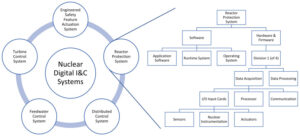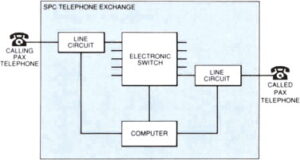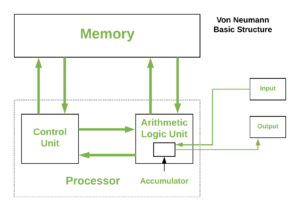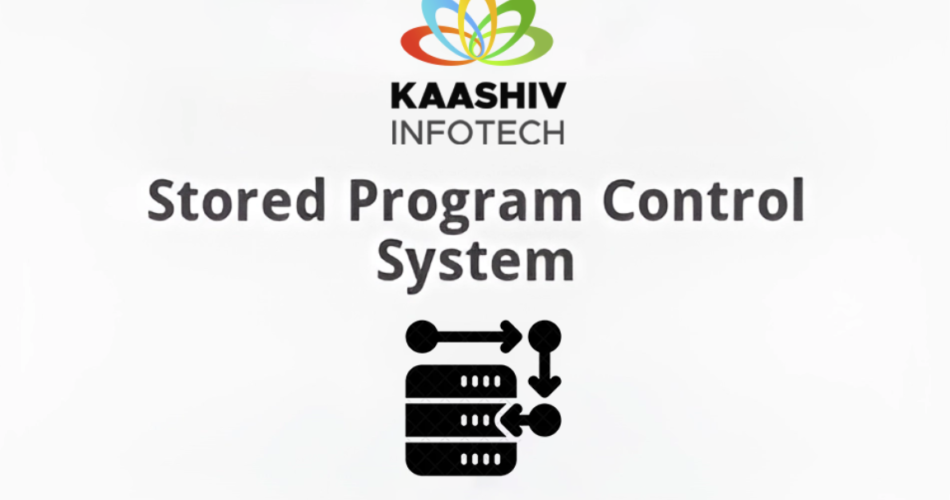In the vast landscape of computing, where innovation is the cornerstone of progress, one concept stands out as a cornerstone of modern digital prowess: Stored Program Control (SPC). At the heart of every sophisticated computational system, SPC quietly orchestrates the symphony of instructions, transforming raw data into actionable intelligence. In this article, we delve into the depths of SPC, uncovering its essence, evolution, and unparalleled impact on shaping the digital world.
Understanding Stored Program Control:
Stored Program Control is the paradigmatic foundation upon which modern computing architectures are built. At its core, SPC refers to the ability of a computer to store and execute instructions from memory, enabling dynamic and flexible computational processes. Unlike early computing models, where instructions were hardwired into the machine, SPC empowers computers to adapt swiftly to varying tasks and inputs, ushering in an era of unprecedented versatility and efficiency.
The Evolutionary Journey:
The genesis of SPC can be traced back to the groundbreaking work of luminaries such as John von Neumann and Alan Turing, whose visionary insights laid the groundwork for modern computing. It was von Neumann’s seminal concept of a stored program computer, embodied in the legendary EDVAC (Electronic Discrete Variable Automatic Computer), that catalyzed a paradigm shift in computational design. By decoupling program logic from hardware circuits, von Neumann pioneered a revolutionary approach that would shape the trajectory of computing for decades to come.
As technology advanced, so did the intricacies of SPC. The advent of transistor-based electronics in the mid-20th century ushered in a new era of miniaturization and speed, paving the way for the development of microprocessors and integrated circuits. With each iteration, SPC evolved in sophistication, enabling faster execution speeds, larger memory capacities, and enhanced computational capabilities. Today, SPC lies at the heart of every computing device, from smartphones and laptops to supercomputers and data centers, embodying the essence of digital intelligence.

Unleashing the Power:
The significance of SPC transcends mere technological prowess; it embodies a philosophy of empowerment and innovation. By liberating computers from the constraints of fixed instruction sets, SPC empowers users to harness the full potential of digital tools in pursuit of their objectives. From scientific research and engineering simulations to artistic expression and entertainment, SPC serves as the catalyst for human ingenuity, enabling individuals and organizations to push the boundaries of what is possible.
Moreover, SPC plays a pivotal role in driving economic growth and societal progress. Through its ability to automate repetitive tasks, optimize resource allocation, and facilitate real-time decision-making, SPC enhances productivity and efficiency across industries. From manufacturing and finance to healthcare and transportation, SPC fuels the engine of innovation, propelling economies forward and improving the quality of life for billions around the globe.

Key components of SPC include:
- Instruction Set Architecture (ISA): SPC relies on a defined set of instructions that the computer can execute. These instructions encompass basic operations such as arithmetic, logic, data movement, and control flow.
- Memory: SPC requires a memory system capable of storing both program instructions and data. This memory can be volatile (e.g., RAM) or non-volatile (e.g., ROM), depending on the specific requirements of the system.
- Control Unit: The control unit of a computer interprets instructions fetched from memory and coordinates the execution of operations within the CPU. It ensures that instructions are executed in the correct sequence and manages the flow of data between different components of the system.
- Program Counter (PC): The program counter is a special register that keeps track of the memory address of the next instruction to be executed. It increments automatically after each instruction is executed, allowing the computer to proceed through the program sequentially.
- Fetch-Decode-Execute Cycle: In SPC systems, instructions are fetched from memory, decoded by the control unit, and then executed by the CPU. This cycle repeats continuously until the program terminates or encounters an interrupt.

SPC has numerous advantages, including:
- Flexibility: SPC allows for the easy modification and adaptation of software to meet changing requirements without altering the underlying hardware.
- Efficiency: By storing instructions in memory, SPC minimizes the need for manual intervention in the computing process, leading to faster execution times and improved productivity.
- Versatility: SPC enables the development of a wide range of applications, from simple calculators to complex operating systems, by providing a universal framework for program execution
Future Horizons:
As we stand on the precipice of a new era defined by artificial intelligence, quantum computing, and decentralized networks, the role of SPC continues to evolve. In an increasingly interconnected world, where data is the currency of the digital age, SPC will serve as the bedrock of computational integrity and security. By ensuring the seamless execution of algorithms and protocols, SPC will enable the realization of transformative technologies that redefine the boundaries of possibility.
In conclusion, Stored Program control stands as a testament to the ingenuity and resilience of the human spirit. From its humble origins in the minds of visionaries to its ubiquitous presence in the fabric of modern society, SPC embodies the relentless pursuit of progress and innovation. As we navigate the complexities of an ever-changing world, let us embrace the power of SPC to unlock new frontiers of knowledge, creativity, and prosperity.

